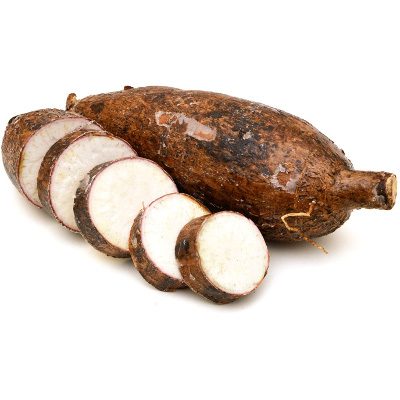Danoff
Premium
- 33,004

- Mile High City
How's that? I did notice that foie gras is cited specifically as an example of animal cruelty, but I didn't think much of it as I don't put much stock in polls as a representation of what people as a whole actually believe anyway. However, you've now brought it up in actual discussion and I'm driven to comment.
There are those who believe that animal husbandry is a cruel practice in and of itself (I think you know the type), but it seems to me that a reasonable person is more likely to look at how animals are treated in their "care" (used here as a very broad term, in which animals that are abused in the process of meat production are technically cared for).
There are bad meat producers out there. It's a fact that I'm not trying to blur in any way, and it's one that I detest. We've all seen the pictures and the video clips.
There are also good meat producers out there. Producers that actually love the animals that they care for. They're the sort of people for whom I offer the utmost respect because they're capable of caring for (both in the general sense and the emotional) these animals before giving them up for market.
I'd say the same is true, in both cases, of ducks and geese (ducks accounting for the overwhelming majority of foie production, probably because geese are assholes).
"But what about gavage*? How would you like having a tube forced down your throat and have a meal ten times your normal consumption piped in?"
*The feeding process that actually fattens the liver up a couple weeks prior to slaughter.
That's the problem with anthropomorphization. I would have a problem with being treated that way, and it would likely manifest in a physical way if I were ever subjected to it, but I have a gag reflex and waterfowl do not. I also don't gorge myself prior to migration (I actually get airsick, and instead I fast for my own comfort); waterfowl do.
I'm assuming that it's quite painful to the recipient. That's not necessarily based on how humans would respond, just based on my (limited) understanding of the process and basic properties of animals and the reasons for their neurological responses. If you tell me the ducks love it, then I'm all for foie gras.
Mostly what I'm highlighting is that there are method for preparing the food that cause pain or are indifferent to pain in the animal. And those are less palatable as it were. I'd prefer that the animals I eat were reasonably spared pain, understanding that the elimination of pain in anyone's life is impossible.





